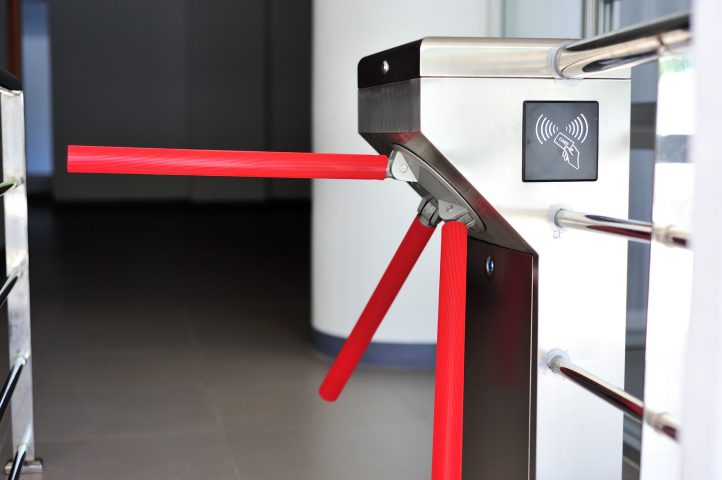Microsoft’s announcement that it will write off $950 million and lay off 1,850 workers associated with its acquisition of Nokia’s Lumia line of mobile devices spells the beginning of the end for the Windows OS as a consumer OS. Microsoft will continue to drive sales through cloud offerings and as an OS for server farms, but as the world moves to mobile the Windows consumer franchise will rapidly erode.
At the end of 2015 Mercator predicted that all consumer facing solutions would be deployed on mobile apps and this is further proof that this shift is occurring faster than most expected.
This article in The Verge describes all the missteps Microsoft made as it fought a battle to become relevant in the mobile phone market, but fails to see the longer term implications. Android and iOS are now the platforms for consumers and for accessing cloud computing resources, such as AI tools that understand the consumer’s activities and grants access to applications. Moore’s Law, while endangered due to scaling limits, will still be sufficient to drive Mobile devices up market and will displace traditional PCs for most consumer applications and for business applications that need to integrate to the consumer’s world, such as POS, ATMs, teller devices, etc. Here is a small sample of the excellent article in The Verge that details how Microsoft lost the war:
“Microsoft’s announcement today puts a lot of its mobile errors into perspective. The software giant wasted “thousands of man hours of innovation” with its ambitious plans for Windows Vista, according to former CEO Steve Ballmer. Vista shipped a few weeks after Apple co-founder Steve Jobs revealed the iPhone to the world back in January 2007 and changed mobile computing forever. In hindsight, Vista was a great example of how Microsoft missed the sea change of mobile.
Instead of focusing its engineering efforts on Windows Mobile, Microsoft was too invested in desktop PCs and its success at dominating that category of computing. Windows Mobile had the basic concepts of mobile computing and apps long before the iPhone, but the UI was built for devices with a stylus, designed to look like a miniature version of Windows right down to the Start menu. Microsoft was obsessed with having Windows everywhere. Apple introduced a smart and simplistic mobile alternative to Windows, and the industry followed its path — Microsoft included.
Microsoft’s mobile failings can be traced back much further than Windows Vista, though. Ars Technica recently profiled Microsoft’s impressive attempts to bring the same version of Windows to all devices. It’s a history lesson that highlights the big problems of Windows Phone. Microsoft introduced a unique and innovative Live Tile interface to the world with Windows Phone 7, but it never progressed into the mainstream thanks to the constant software reboots. Windows Phone 7 users were stung by a lack of upgrades to Windows Phone 8, and even Windows 10 Mobile isn’t arriving on all Windows Phone 8.1 Lumia devices. Windows Phone’s constant reboots were all part of a strategy to get to a single version of Windows across PCs, tablets, and phones. It was an admirable strategy, but consumer confidence was hit time and time again as a result. Phone makers were also less inclined to pay for a license to use Windows Phone, and it took Microsoft years to make it free to truly compete with Android.”
Overview by Tim Sloane, VP, Payments Innovation at Mercator Advisory Group
Read the full story here











